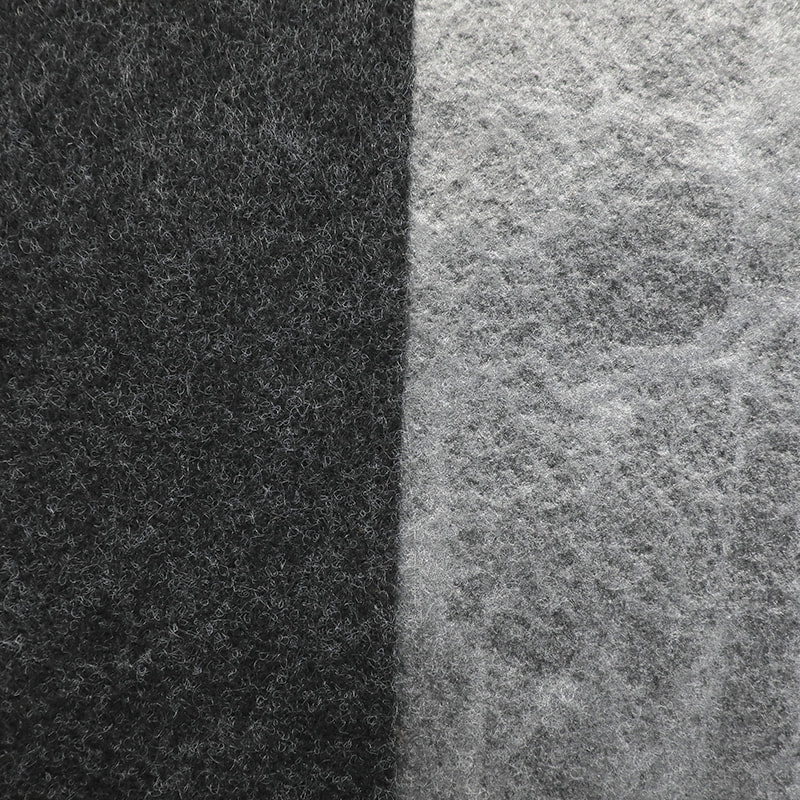Laminated non-woven fabric is typically made by combining two or more layers of non-woven fabric together using a lamination process. The lamination process involves applying heat and pressure to melt a thermoplastic adhesive, which is then used to bond the layers of non-woven fabric together.
Here are the general steps involved in making laminated non-woven fabric:
First, the non-woven fabric is produced by forming fibers or filaments into a web using techniques such as needle punching, spunbonding, or meltblowing.


Next, the thermoplastic adhesive is melted and applied to one or both sides of the non-woven fabric using a variety of methods such as extrusion coating, hot melt coating, or spray coating.
The coated non-woven fabric is then passed through a set of heated rollers under pressure to ensure proper bonding of the layers.
After lamination, the fabric may undergo additional treatments such as embossing, printing, or surface finishing to enhance its properties or appearance.
Laminated non-woven fabrics can be made with a variety of materials and thicknesses to suit different applications such as medical gowns, protective clothing, hygiene products, and packaging materials.

 English
English Español
Español Deutsch
Deutsch عربى
عربى














